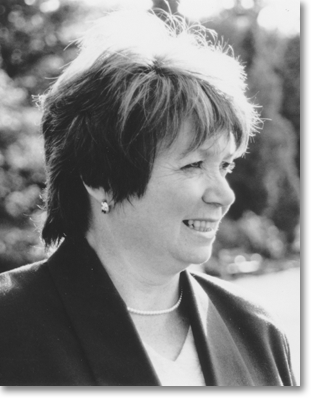You know the kind of stories I love? The kind of stories that begin like this:
We all arrived at the lakeside cottage, my friends and I, for a weekend of fun. The lake sparkled in the sun; we could hear the birds singing in the trees. Then darkness fell, and for one of us, this weekend was going to be no fun at all.
Would that make you want to read on? It would make me want to read on. I want to know what’s going to happen, which friend is not going to have fun, and why.
That hint that things are going to go wrong in a story, is called foreshadowing. It’s a tactic writers use to keep a reader turning the pages. It helps to build up suspense in a story. I use it all the time. I love it! And as you read Copycat, you will see that I use it quite a few times.
The very beginning of the book hints at the trouble that is coming later. Just after the very first paragraph, Chantelle tells Indira:
“Let’s make Mimi our next project.”
Big mistake!
That’s what I mean about hinting at what comes later, because of course, helping Mimi turns out to be a big mistake.
Now turn to the very last sentences on Page 10.
And she smiled again. And just for a second that smile gave me the creeps. I don’t know why … it was like a warning. Maybe I’m psychic or something.
All through the book I am foreshadowing the fact that Mimi is not to be trusted, and why Chantelle will live to regret helping her.
Can you find at least three more places in Copycat where I use this technique to hint at what is to come?
As a writer it’s fun to get your readers wondering and worrying about what’s up ahead, so now it’s your turn! Try your hand at a bit of foreshadowing with this activity.
Cathy MacPhail has written over forty books for children, as well as plays for radio and short stories. She has a reputation for ‘gritty realism’, but loves writing funny books as well as ghost stories. Her first book, Run Zan Run, was inspired by the bullying her daughter suffered in high school. Many of her books have won awards, and she loves visiting schools to talk to her readers. She still lives in Greenock, in Scotland, where she was born.



